If you’ve just started to acquire your very first customers in your SaaS business, then reduce SaaS churn may not be a big deal for you.
If you’re like most SaaS managers, you’re committed to running and growing your business.
but to do that, you need to ensure you’re meeting the needs of your customers, and that includes reducing churn.
As you start developing your SaaS customers, the churn becomes an important part. And gradually it can stand as a big hurdle in the success of your business.
So now the question arises how to reduce churn, which helps to gain more SaaS customers.
So Where Does The Problem Rely On?
High-growth expected SaaS startups think they have figured out every aspect. The path seems clear until churn begins to smack them in the face.
Never miss an update from us. Join 10,000+ marketers and leaders.
Suddenly, customers begin cancelling and leaving at a faster rate than expected. Who is responsible for such flaws? No one will take the blame and that is obvious.
Sales team starts blaming the product team for not delivering whereas product teams blame customer success for not onboarding.
Gradually marketing starts to worry about company reputation and growth. This is a common scenario.
I’ve gone through some surveys and what I found is extremely shocking. Here’s the list;
- Bessemer Venture Partners says an acceptable churn rate is in the 5 – 7% range ANNUALLY, depending upon whether you measure customers or revenue.
- Roughly 70% of SaaS companies in their survey had annual churn in the < 10% range, with 75% of those at 5% or under.
- 30% of SaaS providers surveyed have an unacceptable level of churn.
Why Do You Need To Reduce Customer Churn?
As no business want to lose their customers. For a SaaS companies, it becomes even more critical. As they depends on having ongoing revenue from the clients to gain more profit.
A retail firms get bulk of money during their point of sale. SaaS businesses do get paid but over an extended period.
(Source: Accelerate Agency)
When a customer stay with your brand for a long period, the more value is added to the business. This helps to reduce customer churn, which is a vital steps for a successful SaaS firm. It is also an important metrics to track your business. Keeping your customers on board is helpful to maintain your monthly revenue.
It is easy to retain your own customer than gaining a new one.
Why Do Customers Leave?
There could be either number of reasons whereas the customer decides to hit that “CANCEL” button, and here are a few of the most common:
- They’ve faced a poor customer service experience. That means they might have tried to find help for something and couldn’t get what they wanted.
- They might have had a poor onboarding experience and couldn’t achieve what they were expecting.
- They tried your software and it wasn’t meant for them.
- Your software might cost them a lot.
Sometimes there’s no indication that churn is coming as customer cancels without raising any issues. However, there are some signs even before that customer cancels.
Increase Your Average Customer Spend:
It’s a fact that most of the SaaS managers accept is, With the growth of your company, the churn grows.
As it creates negative cash flow, you need more customers revenue to replace the churned revenue. Without it the company’s growth will eventually decreases.
You can reduce this type of stagnation by focusing on the negative churn. Negative churn happens when there is expansion/cross sell/up sells that is based on the current customers. It exceeds the revenue that are lost because of the churn.
You can increase the average average customer spent of the existing customers base, it’s easy to recoup the lost revenue.
Common Signs Of SaaS Churn-
- Payment issues: These includes late or missing payments, credit card hasn’t been updated, and so on.
- Disengagement with your product: it means the customer doesn’t seem to be engaged with your product. it might include signs like fewer logins, increased bounce rates, etc.
- More complaints: When customers face numerous difficulties or bugs to use your product, they start raising issues and complains against it. This is the biggest sign that your customer is unhappy with your product or services.
So How Can You Reduce Churn?
Let’s take a closer look;
We all know that a SaaS life can be busy as you’re often trying to juggle many different tasks for your business growth & success. But among all, incorporating strategies to reduce churn is vital. So,
Keep your churn rate low and your real rate of growth has a chance to improve.
Here are a few strategies;
Engage With Your Customers:
Customers are the basis of the entire SaaS product. When they don’t feel like they have a connection with your company or appreciated, it makes easier for them to cancel without a second thought.
Communicate with your customers regularly and engage them from the initial stage.
For example, Andolasoft found that by segmenting their customers and regular communication, they boosted customer engagement and reduced churn.
Below, I’ve shared some reviews that Andolasoft has received a few days back from its happy customers 🙂

John Skeet, Director
Goss Closet Pty Ltd, Australia
Andolasoft has provided a first class and professional service for our web application. Andolasoft solved all problems and was innovative in their approach to the tasks. There is also a great depth of specialist resources within Andolasoft to call upon for specialized assistance. The overall service, from determining the scope of work, the project management to the invoicing and payment for services, is user-friendly and efficient. We look forward to our continued work with Andolasoft.

Caroline Van Sickle
Pretty in my Pocket, Atlanta, GA
I got a recommendation for AndolaSoft. They are more than half the cost, they have a can-do attitude, and they are responsive, timely, and easy to work with. We had an established project, to begin with and needed further feature development and iteration. Therefore, they dove into highly complex code and knocked it out of the park. It was on me to define the scope and context of the job. Just like any project, the leadership, direction, attention to detail, and QA is critical…
Make your customers ‘Sticky’…
That means a sticky customer is a buyer who is likely to follow through on an intended purchase, buy your product repeatedly, and recommend it to others.
Like many popular SaaS companies, Andolasoft knows offering best products with best services can trigger cancellations. So they maximize every opportunity to reinforce the value their customers are getting from their product. Here’s feedback that Andolasoft SaaS product has received-

SFCG manages Marketing Automation
Delivery via Orangescrum

JAMIE SMITH
Director of Marketing Automation
We Chose Orangescrum because of Orangescrum’s rapid response to our questions and concerns as we were testing out the system. We appreciate the support and truly feel like we have a partner assisting us with our project management system.
Remember- If your customers are quitting, stay top of mind to get them engaging.
Get The Right Customers:
This means having a customer that is not right for you. You may think that rejecting a customer isn’t a good thing, but believe me, it works. The reasons are simple-
- You spend money to get a customer and definitely you don’t want to waste your money on a customer that will churn quickly.
- To get a healthy SaaS business your LTV (Customer Lifetime Value) must be at least 3 times higher than your CAC (Customer Acquisition Cost).
But how to know who is an ideal customer for your business?
Well, through TRIALs. Yes… It’s common to use free trials as a way to market your product, but it’s definitely a great opportunity to qualify leads.
Although the period is usually short as 30 days, you should help customers on trials to have quick wins with your product, and truly validate the benefits out of your product/service.
Do The Customer Onboarding Accurate:
Onboarding is the process of introducing new customers to your product or service in an organized and effective manner.
It begins at the time of signup/purchase and may continue for up to three months, depending on the complexity of your offering.
Once you acquire a customer, what after that? Build trust.
One key thing to do here is to send scheduled messages during the onboarding period.
This means you can focus on getting customers engaged with your product in all the right ways, without them feeling like they’re being spammed with content irrelevant to their needs.

Ask For Feedback:
People come and go. But if you know the reason, it can be avoided. If you take my earlier example, Andolasoft was able to reduce their churn by 71% simply by asking why their customers were leaving.
It seems quite simple but asking for feedback offers you an opportunity to iterate and make your product or service the best it can be. When asking for feedback, it’s important to reach out to the right customers.

– Adler, USA
Andolasoft is an invaluable partner for us a startup. The team is great to work with and the projects are delivered in a timely fashion. I know that I can rely on Andolasoft for future projects because of the depth of resources/skills that they offer.
Identify And Reduce Activity Churn:
Most SaaS app development companies focus on regular churn which is the number of users that cancel their account each month.
While reducing regular churn is important, what’s possibly more important is identifying activity churn which is the number of users that became inactive each month.
Des Traynor, Co-founder & Chief Strategy Officer, Intercom says,
“Typically customers gradually stop using products, from using it every morning to every week to once a month … At some point down the road you’ll remember you’re paying for something you don’t need and don’t use, and then you ‘churn’, even though the decision was made months ago.”
So How Do You Reduce Activity Churn?
Send re-engagement emails to inactive subscribers.
Check out this email I received from Wakeupsales the SaaS CRM tool after I didn’t log in for a few months due to some personal issues.
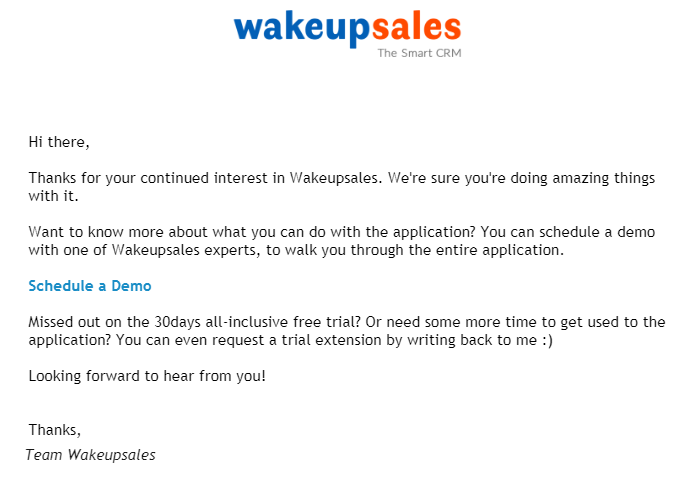
Final Thoughts:
Churn is something every SaaS owner goes through. Though it isn’t always avoidable, it can be managed when you apply a few of the above best practices.
As we’ve seen, reducing churn goes beyond the basics of improving your product; it’s mostly about adding value to the lives of your customers.
If you can be able to manage that, churn will level off. What are your experiences with reducing churn? Leave a comment below.
Want to know more about reducing SaaS churn? Talk to our experts!

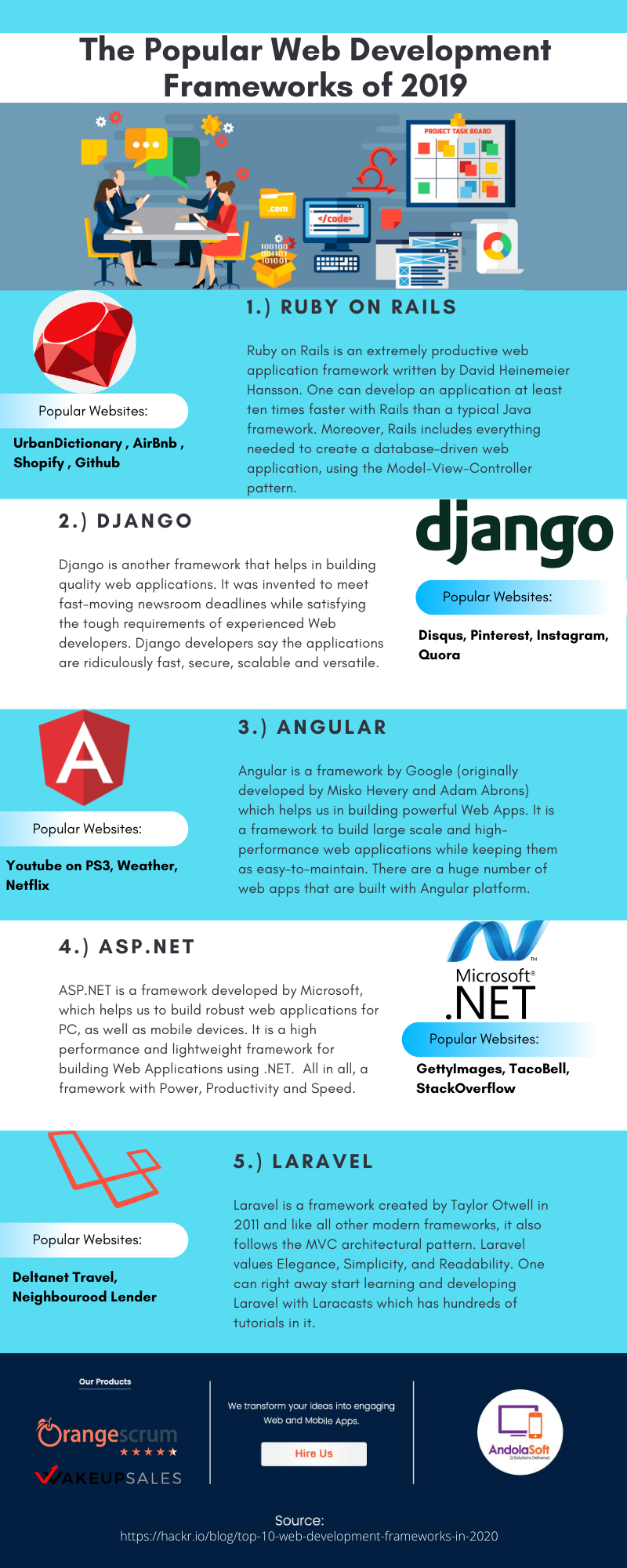
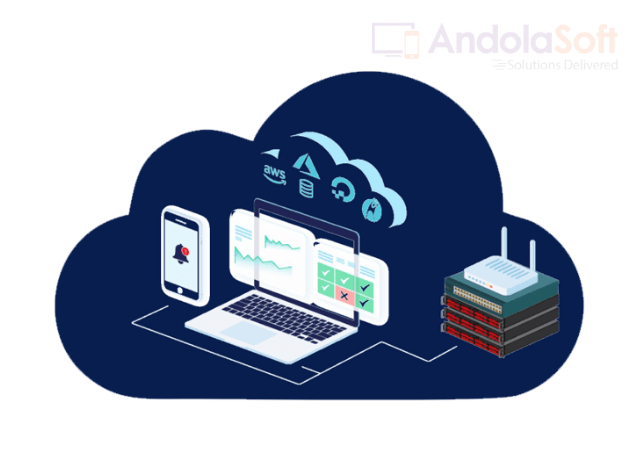
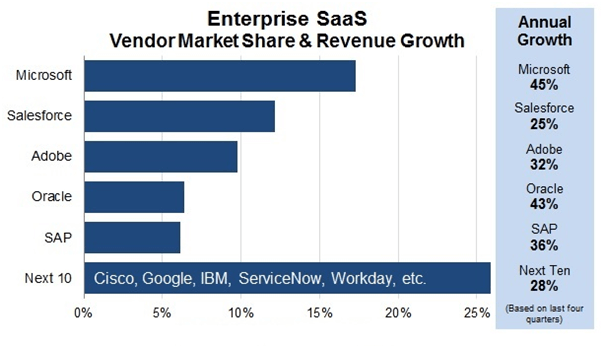 Image Source: Synergy Research Group
Image Source: Synergy Research Group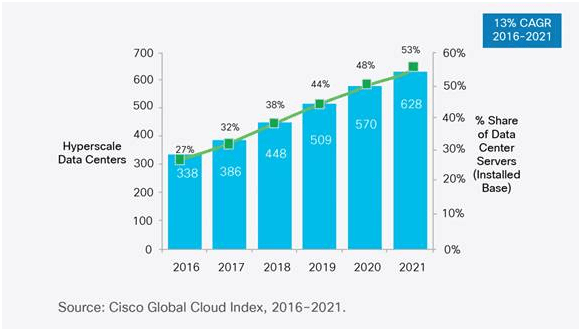

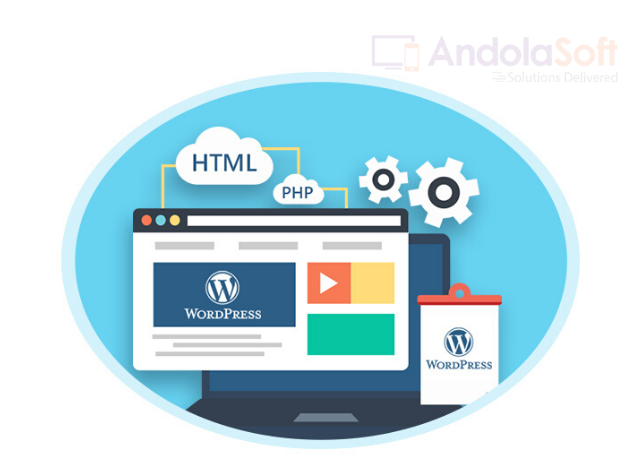
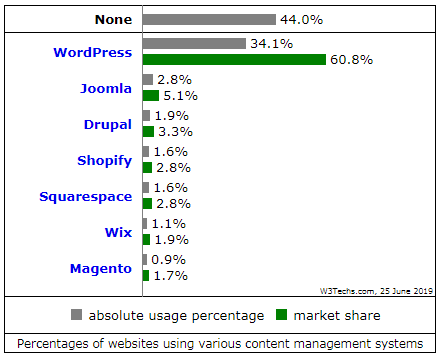 Image Source: w3techs
Image Source: w3techs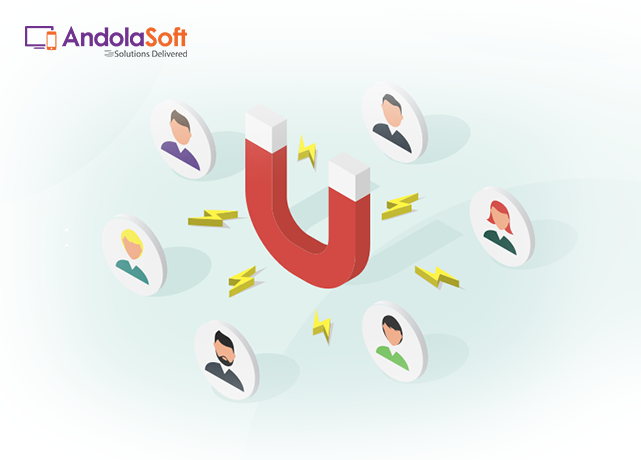







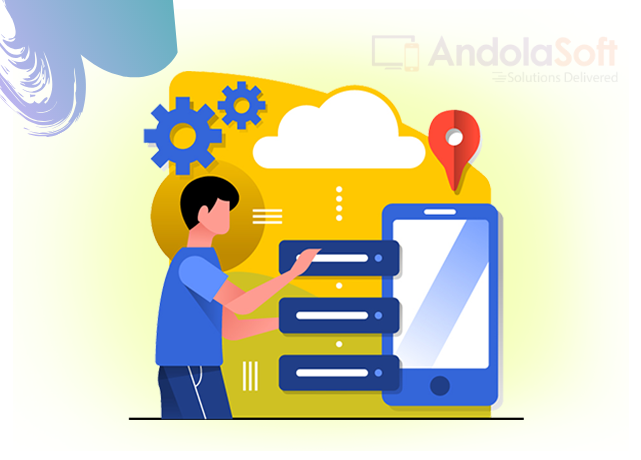
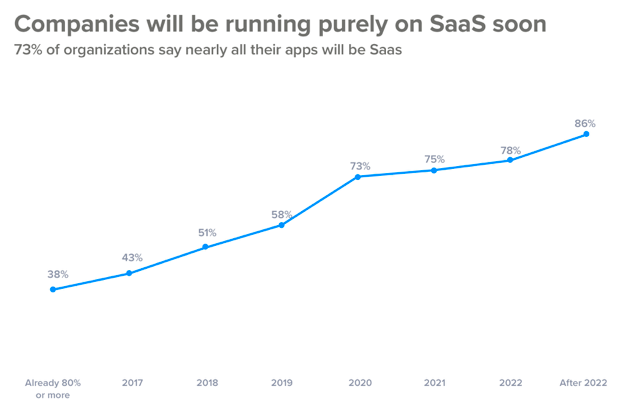
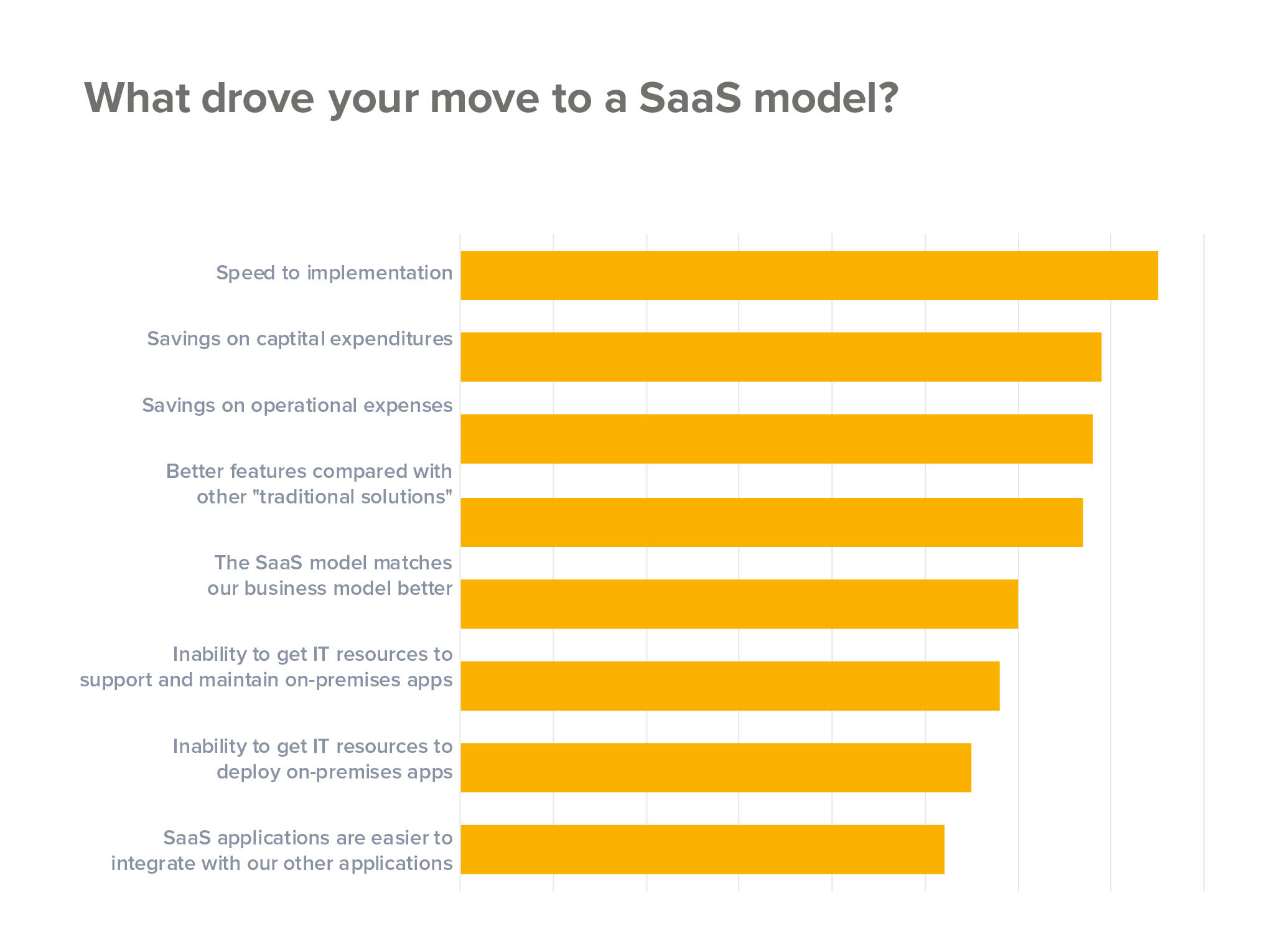
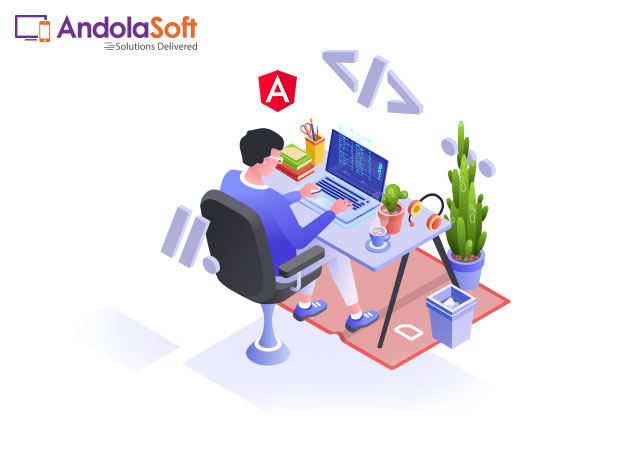
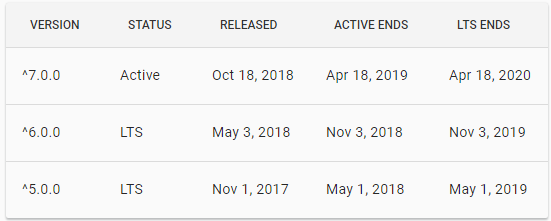
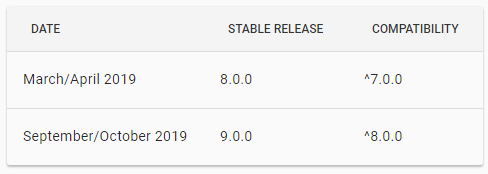
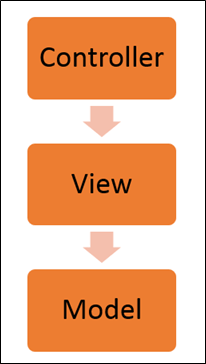 The Architecture of Angular
The Architecture of Angular